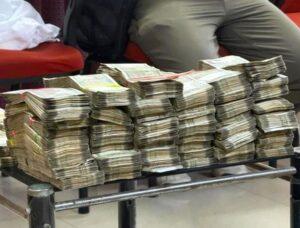At a pride march in Mumbai last year, Mr Gay India Sushant Divgikar turned up in a peacock costume. A fellow participant wore angel wings with a regular t-shirt and shorts. Almost everyone looked colourful, fun and, completely unconventional.
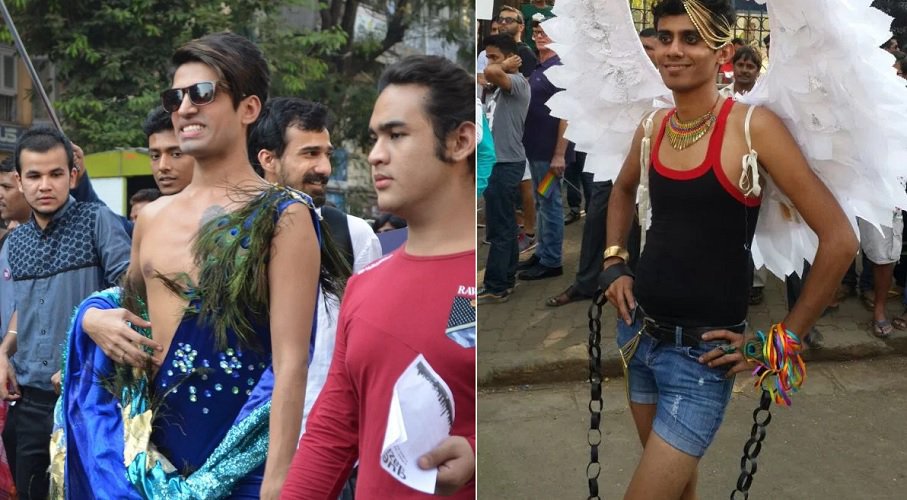
These were a people fighting for a draconian law to be scrapped, demanding state freedom to have sex with whoever they wanted without the fear of being jailed. How would dressing up like a peacock or angel-in-shorts and holding a carnival-like spectacle help that cause?
What’s more, the group didn’t even march up to a political or government office to submit a memorandum or a plea, unlike a regular protest. They simply walked together for some distance, performed dance routines on boisterous music and released hundreds of brightly coloured rainbow balloons.
So why was that pride march, like most pride marches, like that – loud, colourful, bizarre with no specific demand? It’s something people often wonder about.
So here is a look at why are pride parades the way they are:
Activist Pallav Patankar says pride parades are all about making people acknowledge their own prejudices.
“A pride march gets celebrated with colour, costumes, themes and sometimes dress codes that border on the bizarre. The idea is to highlight the fact that we as a human race have a natural tendency to judge and discriminate and hate people on the way people look, the colour of their skin, race and sexual orientation,” he says.
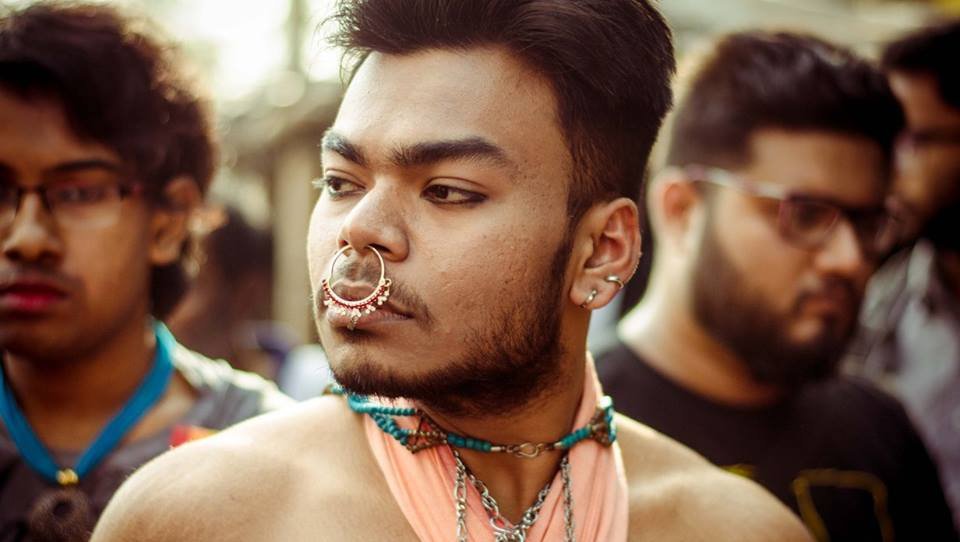
US-based sociologist Katherine McFarland Bruce noted in her book ‘How a pride parade changed the world’ that these walks challenge culture, rather than politics. An interesting anecdote in her book sums it up the best: When the author asked a participant why he joined the parade in full drag, he replied it was simply because he wanted a break from the “civilian” clothes he was forced to wear everyday that corresponds with his male body.
However, it’s not like the pride walks started with this sentiment. They did start out as regular protests.
The origin of price marches can be traced to June 28, 1969, in the US city of Manhattan when patrons of a gay club, Stonewall Inn, clashed with the police following a raid. The protests continued for a week and the event was dubbed ‘Stonewall Riots’. A year later, the community carried out what’s believed to be the first gay pride event, called the Christopher Street Liberation Day (CSLD) March.
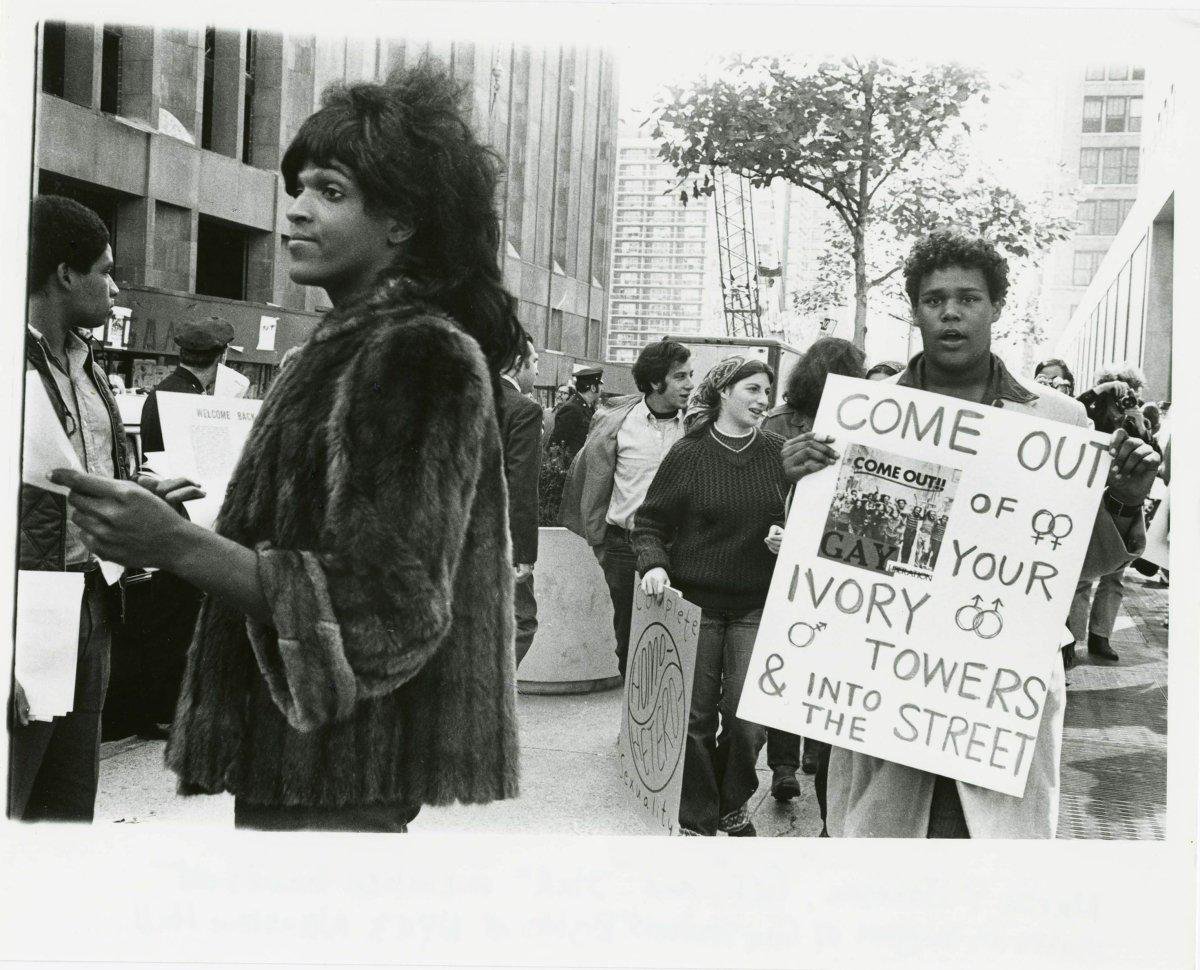
It was a somber march, a far cry from what the event is today. As per a first-hand account, “There were no floats, no music, no boys in briefs.”
The basic idea was to announce to the world that they existed. And there were strong voices against cultural stereotyping: the group protested outside Time magazine’s office against an article terming homosexuality “shallow and unstable”.
Slowly, as the LGBT community in the US gained in terms of legal rights, the pride walks underwent a makeover: They evolved to become venues for questioning all sorts of accepted behaviour. So much so, that participants also began to indulge in acts like turning the volume of music high when asked to turn it down, Bruce writes in her book.
Souvik, one of the organisers of the Kolkata Rainbow Pride Festival, which was held on Sunday, told ScoopWhoop News that pride walks question everybody who doesn’t agree with other people’s way of living their lives.
“Society tries to push you back, when all you want is to live freely the way you want. Even the objections to girls wearing short skirts is a manifestation of the same sentiment,” he says.
The pride marches don’t just question stereotypes, they also celebrate all that is quirky, unacceptable and generally disconcerting, Souvik said.
“When the state is trying to shut you out, celebrating your sexuality and quirkiness on the streets in open air is also a form of protest,” he said.
A look at history shows that the revelry at pride parades began as a well thought-out strategy.
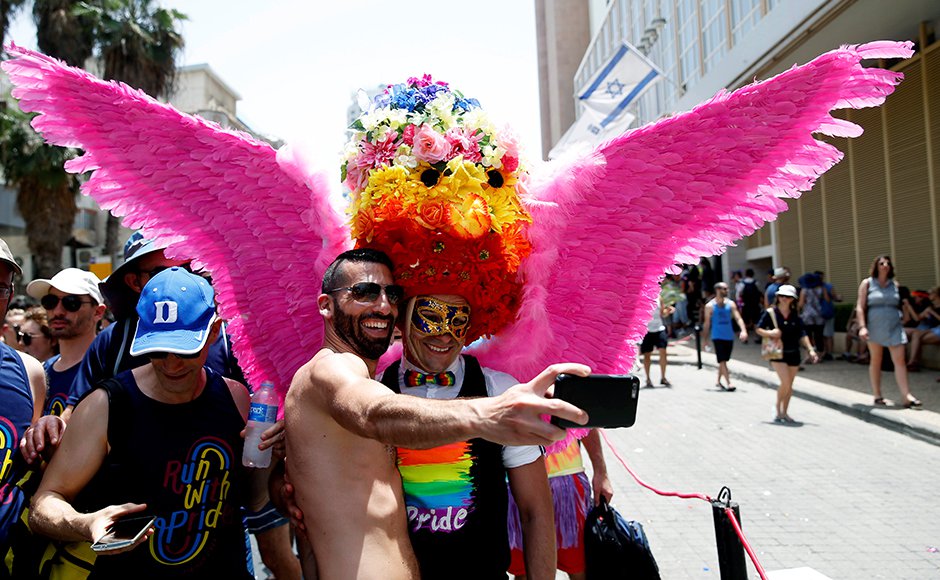
In the 1980s in America, when most of its cities had begun to hold the parade and the tradition was slowly spreading out to the rest of the world, it became important to make them celebratory, this report notes. The reason was that it became imperative to balance out serious LGBT issues with “fun and cheer”.
India, much like other countries including Russia, Israel and Nepal, simply adopted the American format.
Anjali Gopalan of Naz Foundation, which held the first queer pride in Madurai in 2012, says it’s because the idea influenced other countries for its universalism.
“A pride parade is not a protest. It’s an idea. And it breaks national boundaries,” she said.
Pride parades can be seen as a social rebellion, but done in a festive spirit. However, this format is not without its fallacies and criticisms. Online debates on pride parades – especially in the West, where such events are characterised by nudity and some really outrageous clothing, reveal how many see them as “ridiculous”, “hideous” and “noisy” affairs that “solve nothing”.
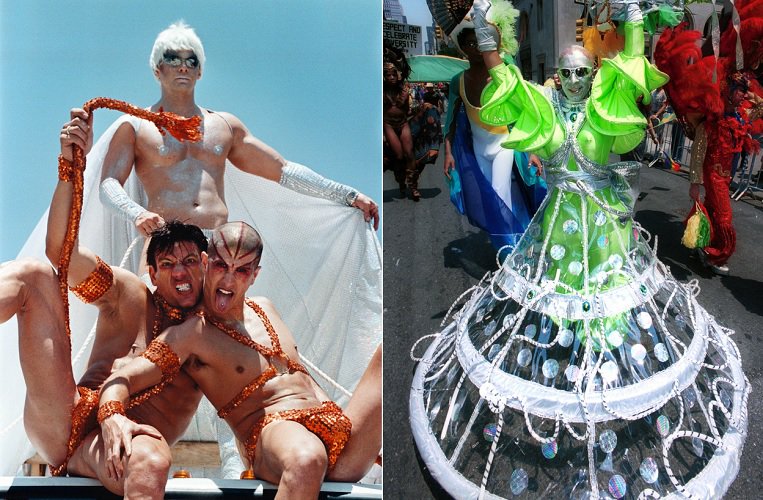
But as far as India is concerned, such a debate is not likely to happen anytime soon.
As Patankar says, Indian organisers are quite mindful of the conservative sentiments.
“Moreover, we are answerable to the police as their prior permission is necessary. So we won’t risk being arrested for what we wear or say,” he said.







